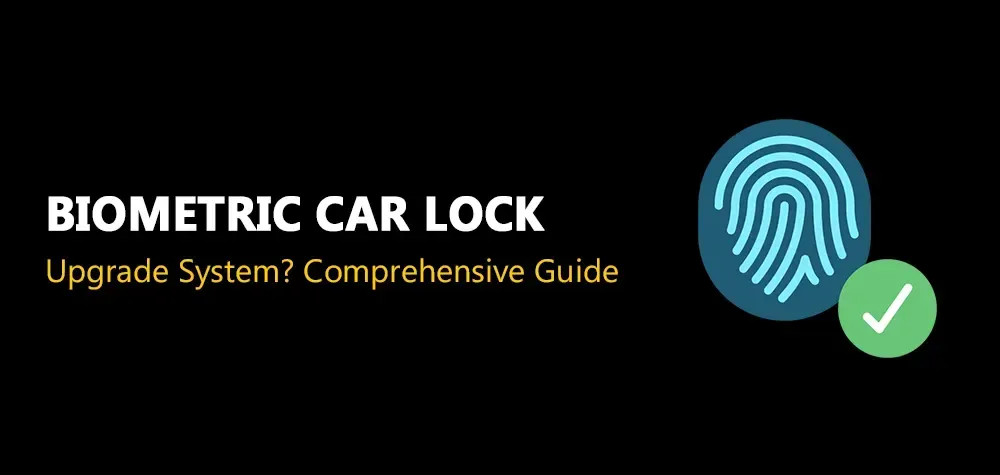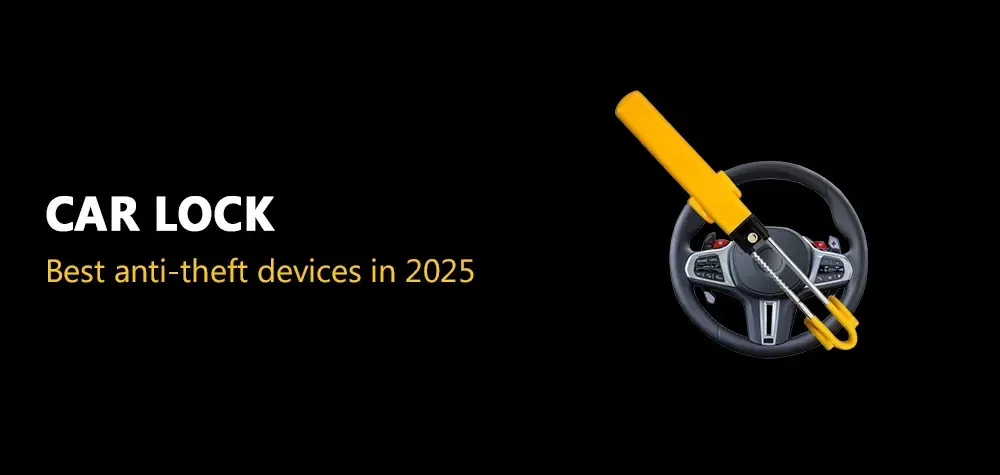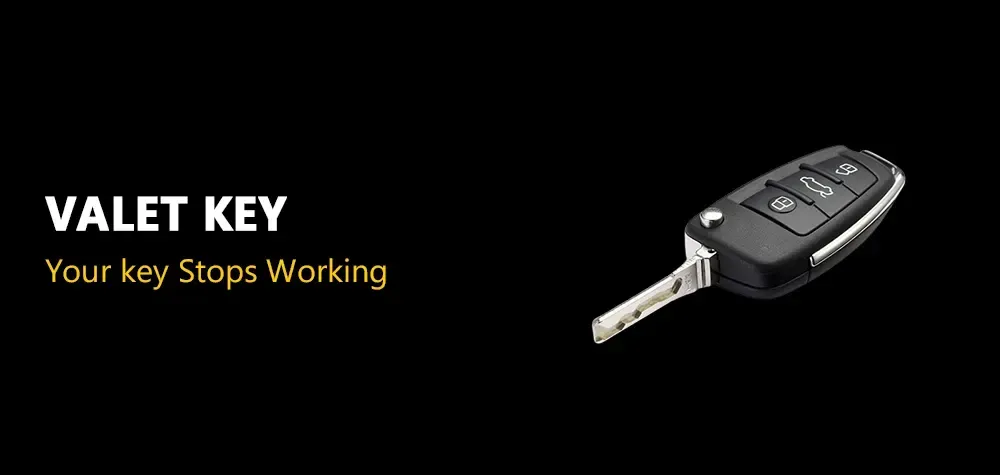The Best Key Lock Boxes to Store Keys Outdoors
When it comes to safely storing your keys outdoors, key lock boxes are a reliable solution. Whether you’re a homeowner, landlord, or someone who regularly needs to provide access to others, a quality lock box can offer convenience and peace of mind. Choosing the right key lock box requires understanding your needs and the features available. This guide explores some of the best options for outdoor key storage and what makes them stand out.
Multipoint Locks: The Latest in Residential Door Locks
Why Invest in a Key Lock Box?
A key lock box ensures secure access to your keys when you’re not available. Whether you’re managing a vacation rental or simply want a safe place for a spare key, these boxes provide:
- Security: Designed to resist tampering, ensuring only authorized individuals can access your keys.
- Convenience: Eliminates the need for duplicate keys or hidden spots that can be discovered by intruders.
- Versatility: Useful for homeowners, realtors, and businesses requiring controlled access.
Features to Look for in a Key Lock Box
Before diving into the best key lock boxes, consider the following features:
- Material and Durability: Look for weatherproof and rust-resistant materials to withstand outdoor conditions.
- Locking Mechanism: Choose between combination locks, key locks, or smart locks based on your preference.
- Capacity: Ensure the box can accommodate the number of keys or small items you need to store.
- Mounting Options: Wall-mounted or portable models offer flexibility depending on your needs.
- Additional Features: Some boxes come with smart features like app integration or tamper alerts.
The Best Key Lock Boxes for Outdoor Use
1. Master Lock 5400D Portable Key Lock Box
The Master Lock 5400D is a top choice for its balance of affordability, durability, and security.
- Durability: Constructed from a weather-resistant metal body.
- Locking Mechanism: Features a four-digit combination lock for customizable security.
- Portability: Comes with a shackle, allowing it to hang on doorknobs, fences, or other fixtures.
- Capacity: Can hold up to five standard house keys.
2. Kidde AccessPoint KeySafe Original
Ideal for homeowners and property managers, this lock box is both secure and convenient.
- Construction: Made of heavy-duty steel, resistant to tampering.
- Locking Mechanism: Push-button combination lock with up to 1,024 combinations.
- Mounting: Wall-mount design ensures a permanent and stable setup.
- Capacity: Fits multiple keys or access cards.
3. Igloohome Smart Keybox 3
For those who prefer advanced features, the Igloohome Smart Keybox 3 offers app-based access.
- Smart Features: Grant access remotely via PIN codes or Bluetooth.
- Durability: Weather-resistant with a robust metal body.
- Capacity: Accommodates multiple keys and access cards.
- Additional Perks: Logs access activity, ideal for short-term rentals.
4. SentrySafe Portable Lock Box
A versatile option, the SentrySafe is excellent for portability and outdoor use.
- Build: Compact yet durable, with a steel construction.
- Locking Mechanism: Key lock for simple access.
- Use Case: Great for keys, small electronics, and cash.
- Portability: Lightweight and easy to carry.
5. Barska Key Safe Wall Lock Box
Barska’s model is perfect for those who need a higher capacity.
- Capacity: Stores up to 20 keys, making it ideal for offices or large households.
- Durability: Weatherproof and tamper-resistant.
- Locking Mechanism: Digital keypad with customizable PIN codes.
Common Mistakes to Avoid When Using Key Lock Boxes
- Hiding the Box in an Obvious Spot: Ensure the box is placed in a discreet yet accessible location.
- Using a Weak Combination: Choose a combination that is hard to guess and change it periodically.
- Neglecting Maintenance: Regularly check for rust or damage, especially in harsh weather conditions.
- Overloading: Avoid cramming too many keys into the box, which can damage the locking mechanism.
How to Choose the Right Key Lock Box for Your Needs
- For Frequent Access: Opt for a smart lock box with app-controlled access.
- For Rental Properties: Choose models with high capacity and customizable codes.
- For Budget Buyers: Portable combination lock boxes offer security at an affordable price.
- For Harsh Weather: Look for weatherproof models with rust-resistant finishes.
Benefits of Using Key Lock Boxes
- Enhanced Security: Minimizes risks associated with hidden keys.
- Peace of Mind: Offers a reliable backup for emergencies.
- Convenience: Simplifies access for family, guests, or service providers.
Conclusion
Investing in a reliable key lock box ensures your keys remain secure while providing easy access to authorized individuals. Whether you need a portable option or a wall-mounted solution, the market offers various models to meet your specific requirements. For top-notch security and expert advice, consider consulting Brothers Locksmith for the best lock box solutions tailored to your needs.
Call Us Any Time!




